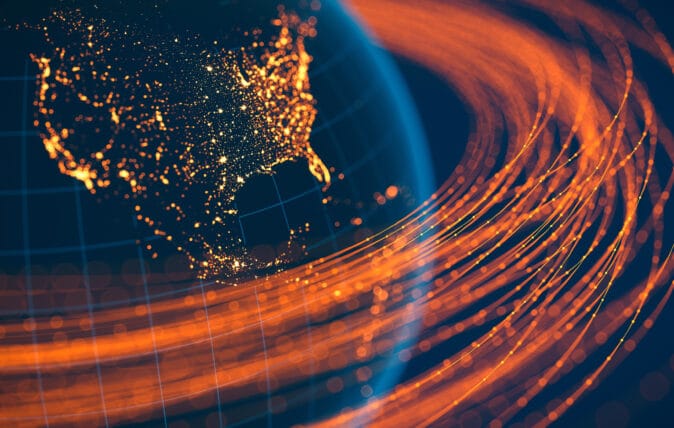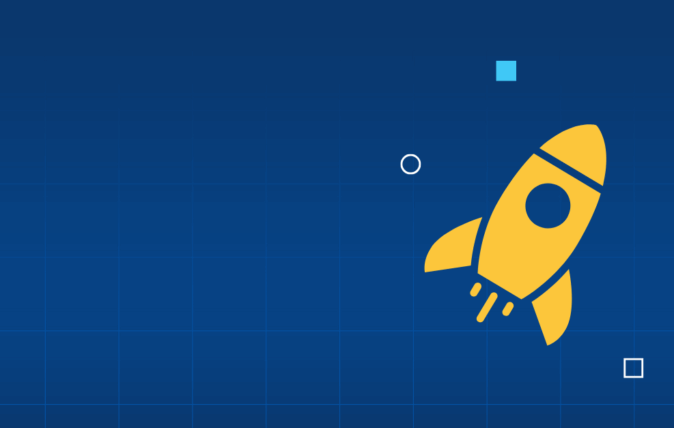Lessons Learned from the Nonprofit Approach to Actionable Threat Intelligence

Nonprofit organizations worldwide know that actionable threat intelligence is critical—they are among the top targets for threat actors. Threats to nonprofit organizations aren’t just against the at-risk communities they serve but are also against their facilities, executives, and employees.
Three of the country’s largest nonprofit organizations came together at Summit to dive deeper into their forward-thinking approaches to physical security, the lessons they’ve learned throughout their careers, and the applications for respective global, national, and community-based security programs. The panel consisted of Greg Ehrie, VP, Law Enforcement and Security for the Anti-Defamation League (ADL), Lauren Cordell, Senior Security Specialist at the Bill & Melinda Gates Foundation, and Patrick Daly, Deputy Director/COO at Secure Community Network (SCN) and was moderated by Fred Burton, Executive Director of Ontic’s Center for Protective Intelligence.
The Importance of a Proactive Security Stance
With the threat landscape evolving more rapidly than ever before, all three panelists expressed the importance of a proactive approach to security by leveraging actionable intelligence solutions. “I always like to say, with intelligence, you have the reactive, you have the contemporaneous, and then the holy grail is the proactive that you have to get to and manage,” said Ehrie.
Cordell echoed Ehrie’s sentiment and emphasized the value of knowing what could potentially happen before it actually does and using those actionable insights to improve their organization’s exposure to physical and cyber threats.
“We do research analysis, but we can also put those things into action so we can make things happen on the ground. We find out about a concerning person or communication, we can request more guards and law enforcement. We can brief them if we’re aware that someone’s coming.”
The Challenge of Protecting Amidst a Global Pandemic
All three of the panelists’ organizations protect high-profile groups and individuals, both of which present unique challenges. SCN’s mission is to ensure the safety, security and resiliency of the Jewish community across North America. “It’s important to understand what the threat landscape looks like. When we look at the entirety of the community, we’re talking about nearly 6 million people and 8,000-12,000 brick and mortar assets,” said Daly. “I think the biggest challenge is the threat matrix and the threat factor to the Jewish community is really the highest it’s ever been. We’re looking to safeguard an entire population, not just specific locations.”
Referencing the recent hostage situation and attack at a synagogue in Colleyville, Texas, Ehrie said, “I wish we lived in a world where there were no threats and the community could be safe and synagogues, churches and mosques could be open. But, you need to prepare those people and they need to know what to do in case something happens.”
Cordell has the unique challenge of protecting two of the most high-profile people in the world, Bill and Melinda Gates, along with a nonprofit organization in her role. Her team has to be prepared for a wide array of potential situations on a daily basis, many of which are unique to the Gates Foundation. “One unique piece is we get people who are seeking funds and something we’ll call aggressive grant-seekers. Another is the volume of publicity that they have. They’ll go on a talk show or speak at a conference, or speak about the pandemic, and every time one of them makes an appearance we get a huge number of contacts, whether positive or negative, it’s just increasing.”
The pandemic itself created a unique challenge for the Gates Foundation in regards to executive travel security. “We have this pandemic, and people are affected by it. They may have lost a loved one, lost a job, and are vulnerable and wondering who to blame. We’re seeing very angry, hostile people in communities that we normally wouldn’t have seen,” said Cordell.
Leveraging Technology to Protect
The panelists agree that the solution to improving actionable security intelligence techniques and procedures isn’t hiring more people. Reducing external threats to nonprofit organizations also isn’t as simple as employing multiple disparate technology solutions. “Technology helps us. It’s not a problem we can hire our way out of. It’s not the people. People are important and they have to be experienced. But, it has to be the tools they can use to look at the dark web, look at social media, and be able to triage it down,” said Ehrie.
Daly agreed with Ehrie about the importance of actionable intelligence technologies. “Technology is certainly a critical component. Just the sheer volume of what we’re seeing, knowing the spaces to look for, knowing where the most violent or virulent content and actors reside helps us channel without trying to look across the entire span of the web and ideologies.”
For more insights on actionable threat intelligence, check out Ontic Resources.





